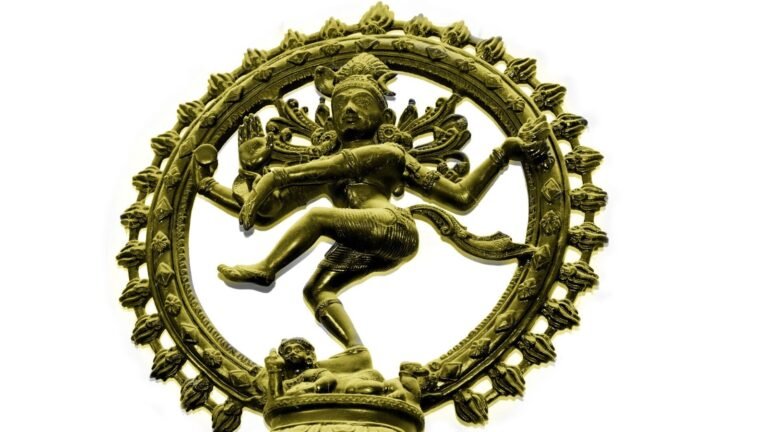What is Rasa Theory?
Rasa theory – The word “Rasa” is a sanskrit word literally means “Juice”. like juice comes from a fruit or mix of fruits, like wise here rasa theory born from a human feeling or mix of human feelings.
In the book “Natyashastra” the writer “Bharat muni” explained all of these in great detail.
It’s all about how human feelings can be composed and expressed through different ways in different situations and platforms.
Rasa theory can be expressed or used in three ways.
1.Natya( acting or drama ) 2.Nritya( dance ) 3.Sangeet( music ).
No wonder why we see in Indian movies they have included song and dance in to their films. Because dance, music and drama are three pearl which are connected with one thread called emotions or human feelings.

Why rasa theory is even needed for film making ?
As we all know film making is generally a modern/technical version of theatrical platform, which along with time finds its own value and expression.
And rasa theory is the base of theatrical representation in Indian subcontinent for thousands of years ( don’t know the exact date ).
Because film making is already connected with theatre, where rasa theory is connected with theatre as well, there is no doubt that rasa theory is valuable for film making too.
1.Natya( acting or drama ) 2.Nritya( dance ) 3.Sangeet( music ),These three art forms are connected with bhaba and express through bhaba( feelings or emotions ), the way you feel that’s the way you think and behave, because bhaba is already there, when we saw a film or dance or hear a music, it gave us certain kind of feeling.
If a situation is happy, then to express and enhance( if needed ) the quality of the happiness they built an atmosphere of song and dance, of course lyrics are suppose to be connected with the situation( that’s up to the film maker though). like this they try to give the best to the audience.
Through these 3 platforms of art we express human feelings.
